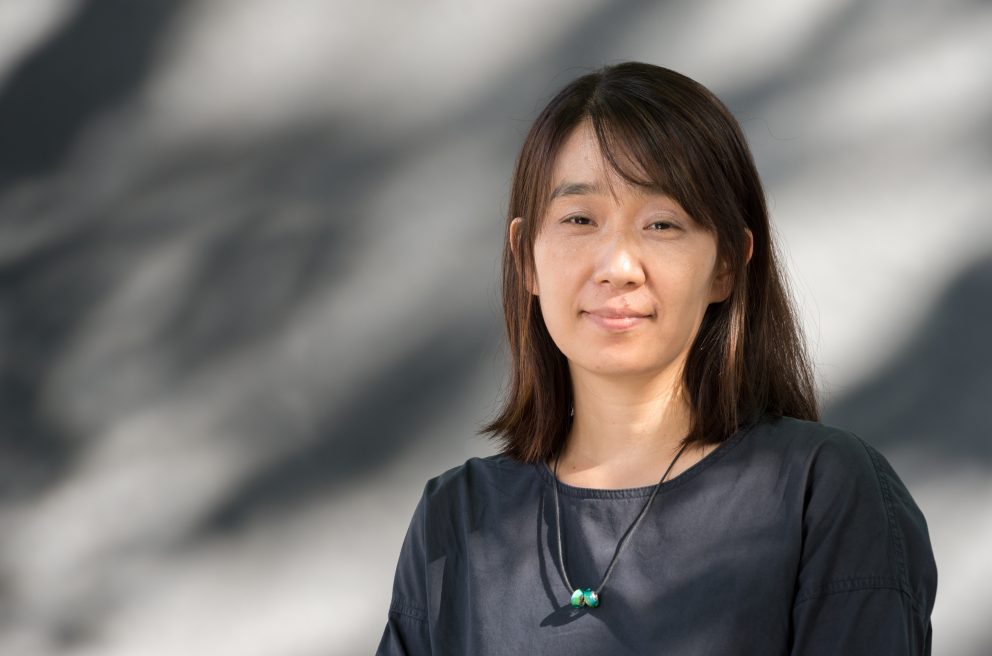Diwali, often referred to as the "Festival of Lights," is one of the most important Hindu festivals celebrated worldwide. This festival, rich in traditions, holds great spiritual and cultural significance, symbolizing the victory of light over darkness, knowledge over ignorance, and good over evil. Diwali brings together families and communities, fostering unity, joy, and a spirit of giving. Let’s explore what makes Diwali so special, its historical significance, its rituals, and the deep meaning behind this beautiful festival.
 |
| Diwali Festival of Lights |
The Origins and Significance of Diwali
Diwali has roots in several historical and religious events, celebrated across different parts of India and by people of various faiths. Its significance varies across regions and religions, but the underlying theme of triumph and positivity is universal.
- Return of Lord Rama: One of the most popular stories associated with Diwali is the return of Lord Rama, his wife Sita, and brother Lakshmana to Ayodhya after a 14-year exile and his victory over the demon king Ravana. To celebrate, the people of Ayodhya lit oil lamps, or "diyas," to illuminate the city.
- Goddess Lakshmi’s Blessing: In many parts of India, Diwali is celebrated as a time to honor Goddess Lakshmi, the goddess of wealth, prosperity, and good fortune. Homes are cleaned, decorated, and lit up with lamps to invite her blessings.
- The Victory of Lord Krishna: In certain parts of India, Diwali commemorates the victory of Lord Krishna over the demon Narakasura, symbolizing the destruction of evil forces.
- Significance in Jainism and Sikhism: For Jains, Diwali marks the nirvana, or spiritual liberation, of Lord Mahavira. Sikhs celebrate Diwali to honor the release of Guru Hargobind Ji from imprisonment, symbolizing freedom and resilience.
Diwali Celebrations and Customs
Diwali is celebrated over five days, each with unique rituals and traditions that carry symbolic meanings.
- Dhanteras: The first day of Diwali is dedicated to wealth and prosperity. People buy precious metals, especially gold and silver, as they are believed to bring good fortune.
- Naraka Chaturdashi (Choti Diwali): On this day, people cleanse their homes and bodies to eliminate negative energies. Oil baths and decorating homes with rangoli (colorful art patterns) are customary.
- Lakshmi Puja (Main Diwali Day): On the main day, families gather to perform a puja (prayer) dedicated to Goddess Lakshmi. Homes are adorned with lights and rangoli, and diyas are lit to welcome prosperity.
- Govardhan Puja: The fourth day is celebrated to honor Lord Krishna’s lifting of the Govardhan Hill to protect his people from storms and rains, symbolizing strength and devotion.
- Bhai Dooj: The fifth and final day celebrates the bond between brothers and sisters. Sisters pray for their brother’s well-being, and in return, brothers vow to protect them.
Diwali Traditions Around the World
Though rooted in India, Diwali has spread globally. The Indian diaspora celebrates Diwali in unique ways across different cultures.
- In the United States: Celebrations include lighting candles, and fireworks, and hosting community gatherings. Public schools in areas with a significant Indian population often recognize Diwali as an important cultural day.
- In the UK: The city of Leicester hosts one of the largest Diwali celebrations outside India, with grand displays of lights and a vibrant parade.
- In Singapore and Malaysia: Diwali, or Deepavali as it is locally known, is recognized as a public holiday. Temples are illuminated, and locals participate in various cultural events.
- In Fiji, Mauritius, and the Caribbean: Diwali is celebrated with traditional festivities, and the exchange of sweets and gifts is common among communities.
The Spiritual Essence of Diwali
Diwali is more than a festival of lights; it holds a deeper spiritual significance:
- Renewal and Purification: Diwali encourages us to renew ourselves, shedding negativity and embracing new beginnings. Cleaning homes, wearing new clothes, and decorating with lights symbolize this renewal.
- Victory of Good Over Evil: The lighting of diyas represents the inner light, wisdom, and knowledge that dispels ignorance and darkness.
- Unity and Togetherness: Diwali brings families, friends, and communities together. Exchanging sweets and gifts symbolizes love, kindness, and goodwill.
- Charity and Giving Back: Many people donate to charities during Diwali, emphasizing the importance of compassion and social responsibility.
How Diwali Influences Modern Lifestyles
Diwali has also adapted to modern times, with eco-friendly and sustainable celebrations gaining popularity. Many families now opt for:
- Eco-Friendly Diyas and Rangoli: Using clay diyas and organic colors to create rangolis promotes environmental responsibility.
- Avoiding Fireworks: To reduce pollution, some families prefer quiet, peaceful celebrations without fireworks.
- Minimalist Decorations: People focus on simple, meaningful decorations that respect tradition while being environmentally friendly instead of elaborate displays.
FAQs about Diwali
Q. Why is Diwali called the Festival of Lights?
ANS: Diwali is called the Festival of Lights because people light oil lamps, candles, and fireworks to celebrate the victory of light over darkness and good over evil.
Q. How long is Diwali celebrated?
ANS: Diwali is a five-day festival, each day dedicated to specific rituals and cultural practices.
Q. What is the importance of diyas in Diwali?
ANS: Diyas represent light and hope, illuminating homes to symbolize wisdom, knowledge, and positivity.
Q. Why do people clean their homes during Diwali?
ANS: Cleaning homes signifies welcoming Goddess Lakshmi, symbolizing wealth and prosperity. It also represents purification and renewal.
Q. Is Diwali only celebrated by Hindus?
ANS: While it is primarily a Hindu festival, Diwali is celebrated by people of various faiths, including Jains, Sikhs, and Buddhists, each with unique traditions.
Conclusion
Diwali, the Festival of Lights, is a time of joy, unity, and spiritual reflection. It is a celebration that transcends cultural boundaries, uniting people across the world in the spirit of positivity, hope, and goodwill. As we light diyas and welcome the blessings of Goddess Lakshmi, we are reminded of the importance of kindness, gratitude, and the victory of good over evil. This Diwali, let’s celebrate responsibly, fostering harmony and spreading light in every corner of our lives.


